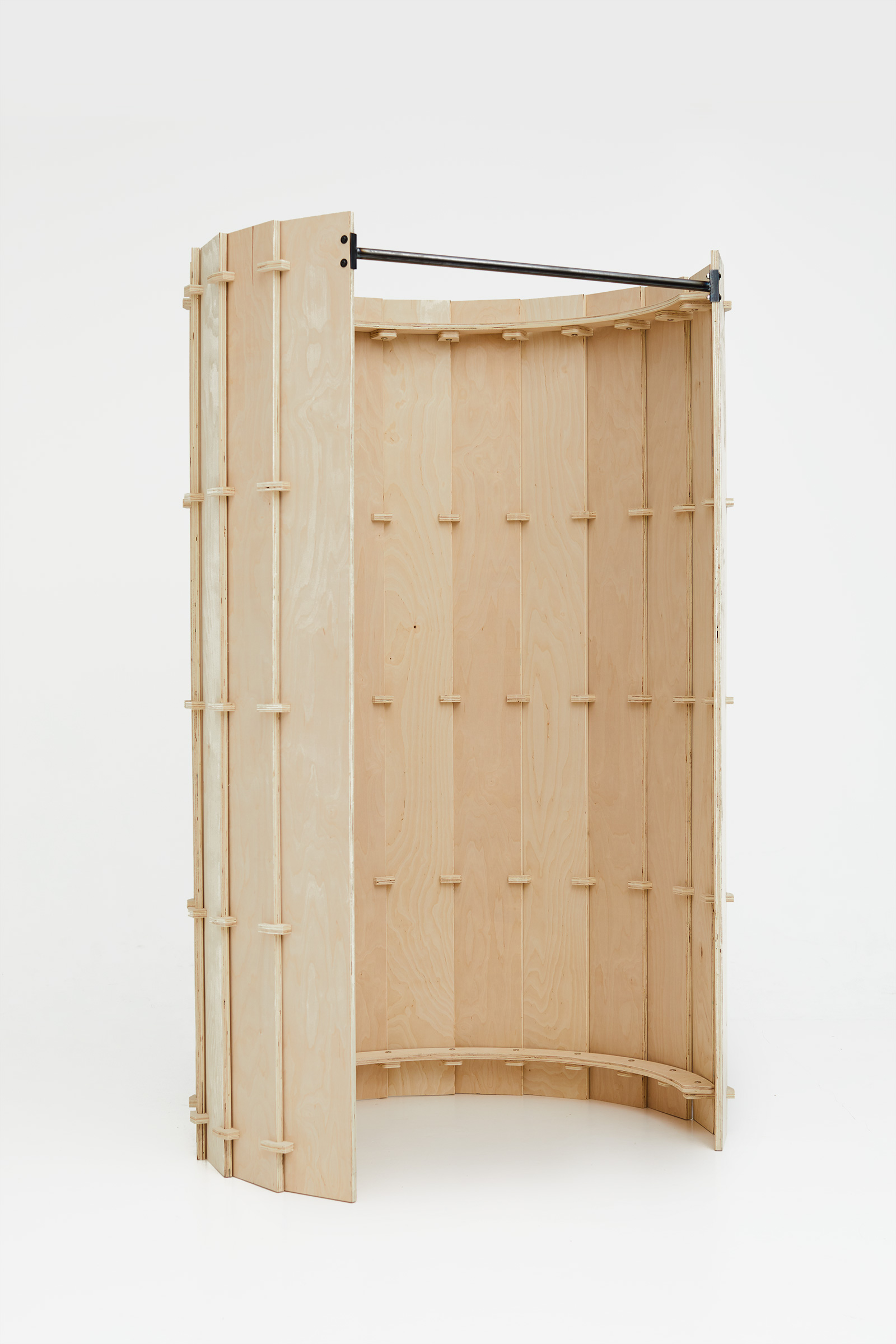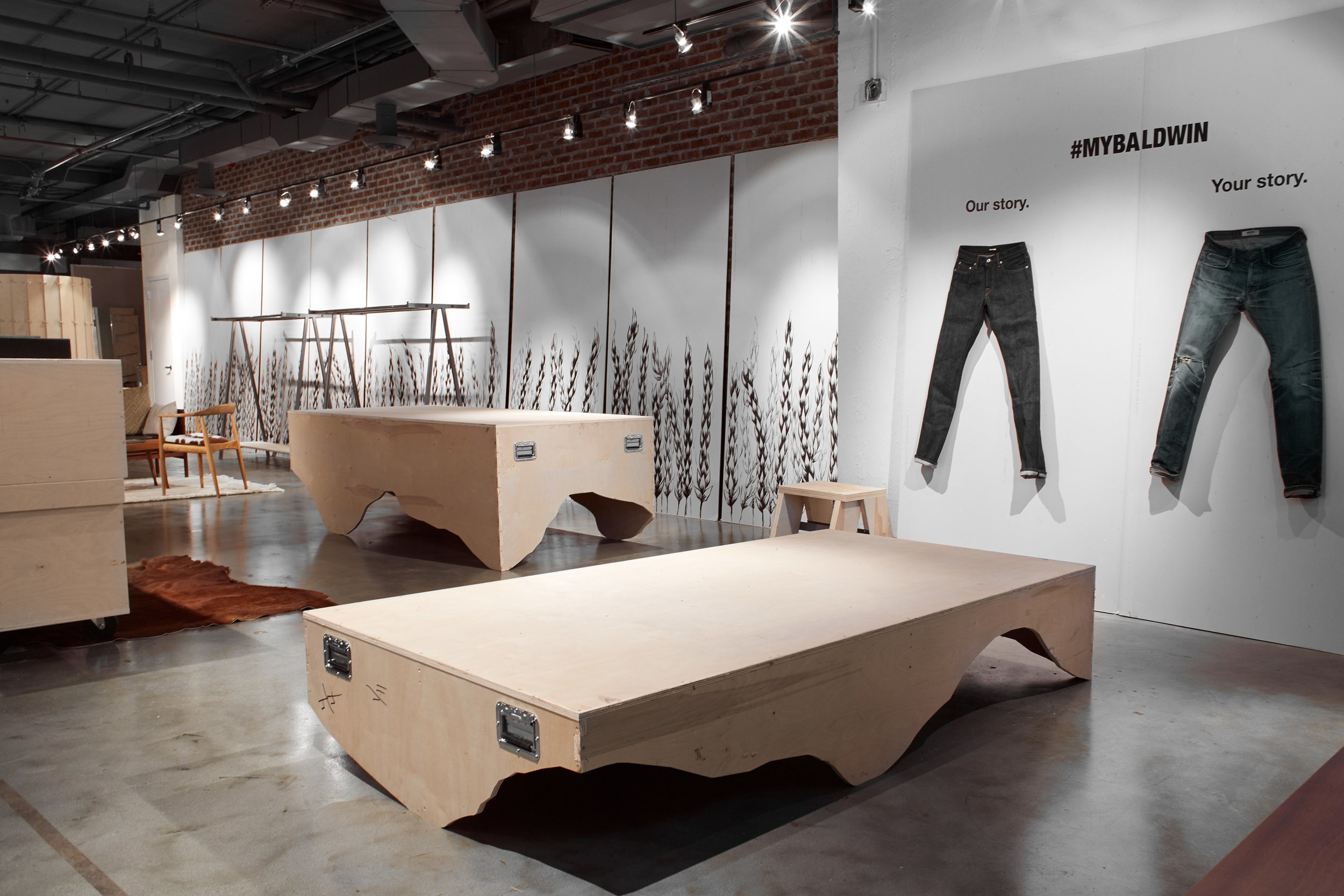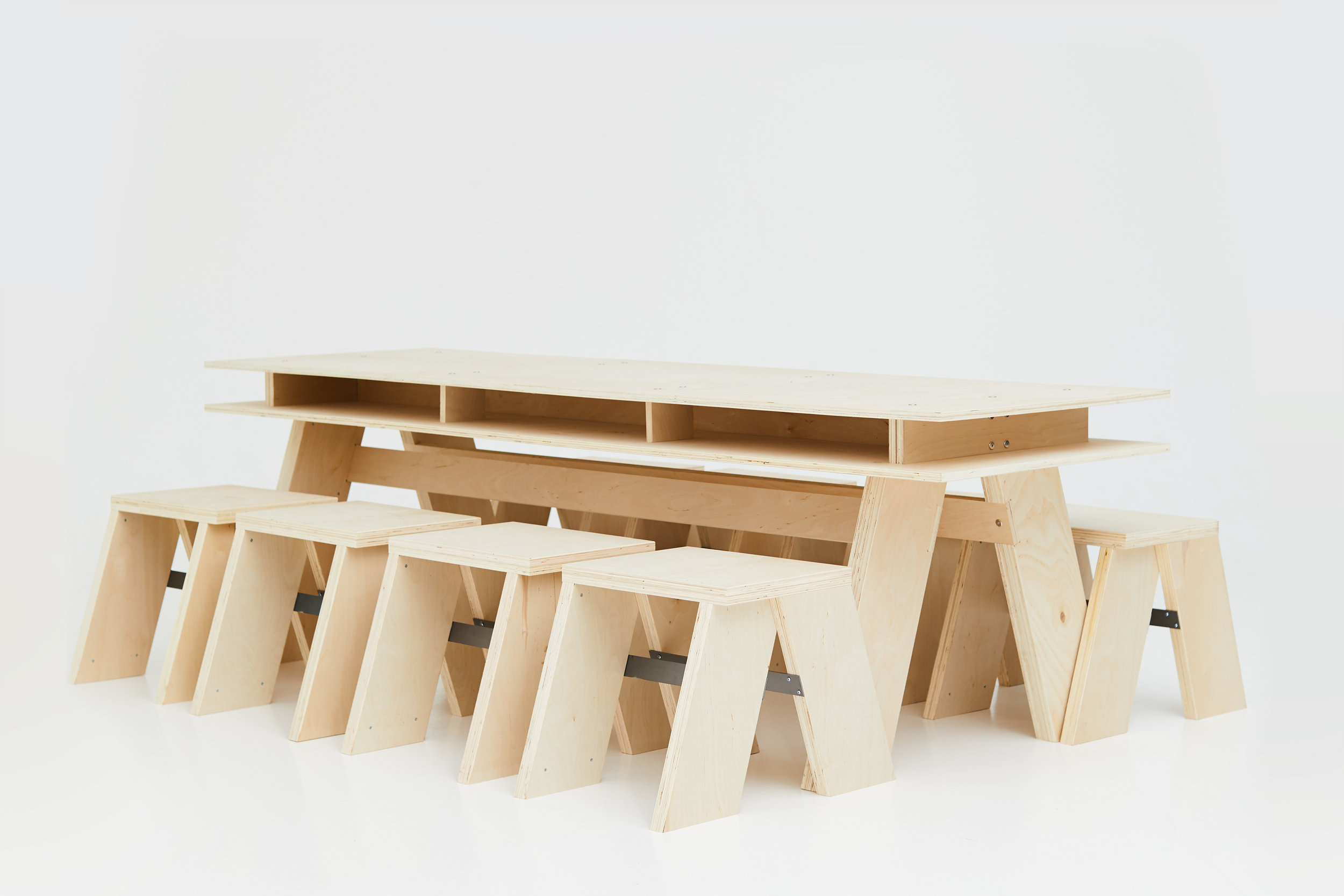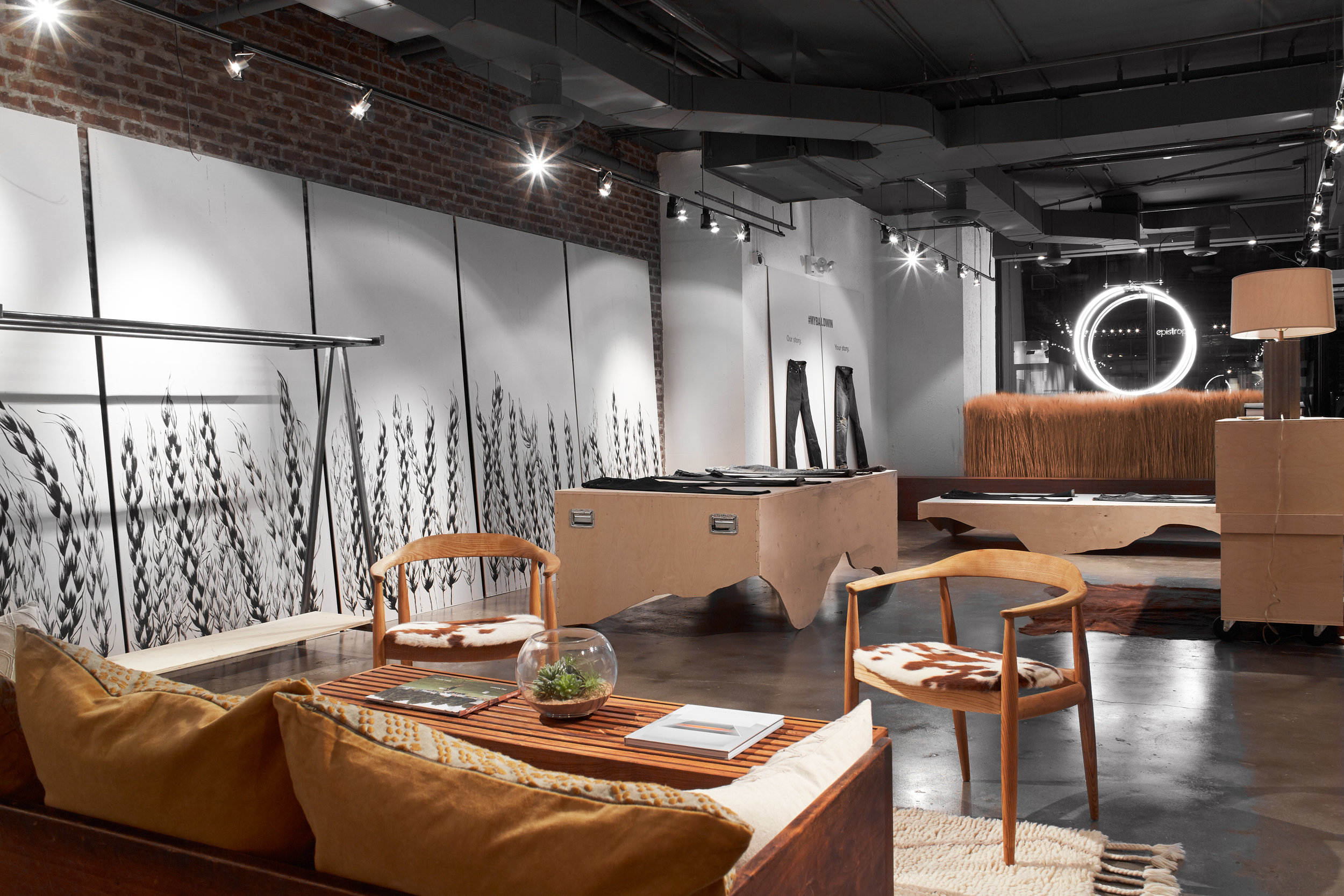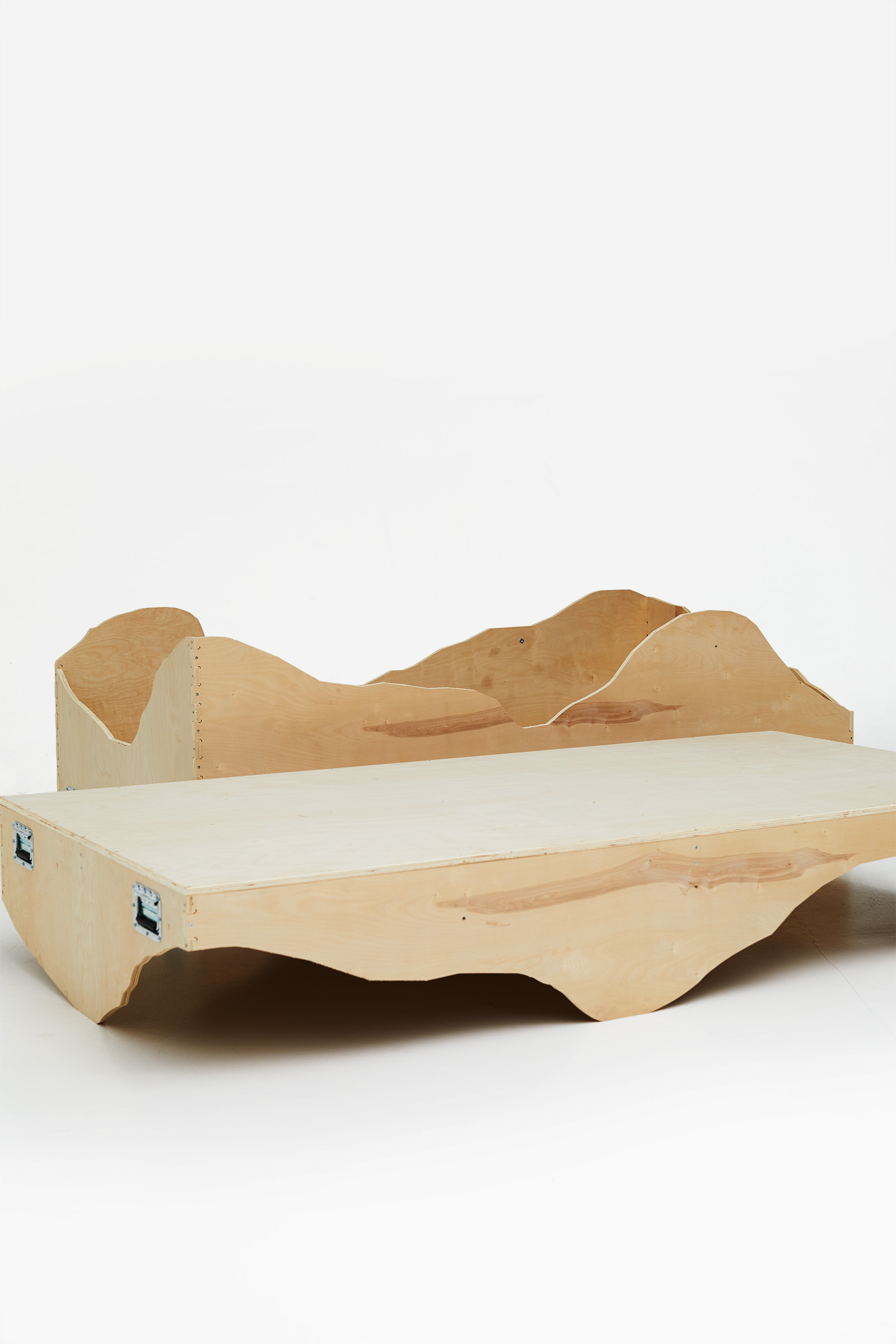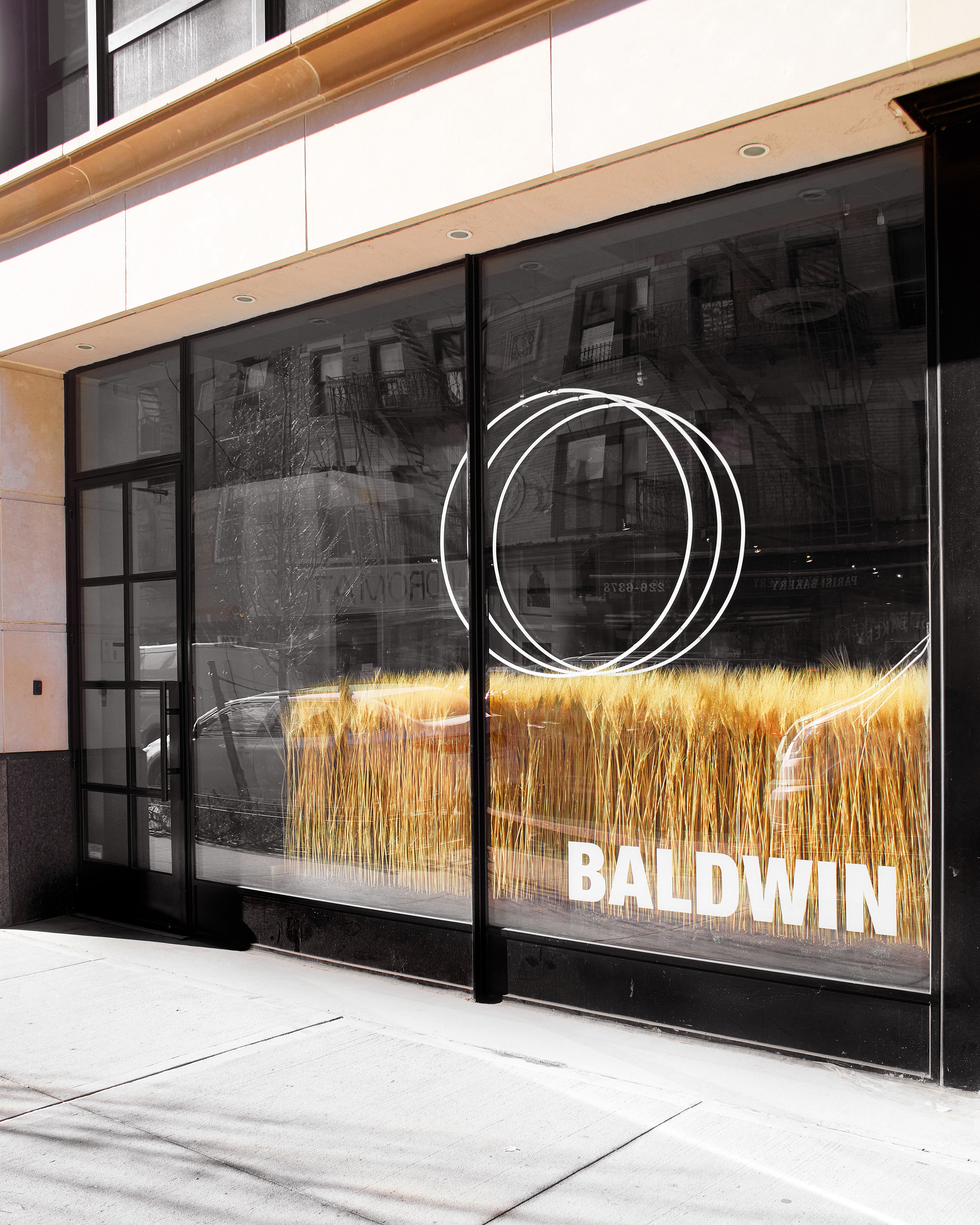Construction has hit the midway point for the multifamily portion of The District at City Center, a mixed-use project that adds luxury apartments, retail and office space to the Lenexa City Center development area at 87th Street Parkway and Renner Boulevard.
The multifamily portion of The District includes 175 units and serves as the region’s first suburban apartment-over-retail project constructed of cold-formed steel. General Contractor Haren Laughlin Construction (HLC) is touting the benefits of the product, which uses prefabricated steel studs to shorten construction times and eliminate on-site labor while improving fire safety during construction and throughout the life of the building.
“The owners wanted to build something that they could sustain for longer than what a wood structure is going to give you, so they brought us to the table and we put together a proposal and really dove into what it was going to take - the parts and pieces - to get this built,” said Matt Fisher, pre-construction manager for HLC.
HLC, along with design partner Klover Architects, met with potential subcontractors and chose Dahmer Contracting Group led by Dusty Dahmer because its bid was the most competitive and cost efficient. By using an "off-the-shelf" metal stud system, Dahmer said his team was able to tighten the margins so the project made financial sense for co-developers Copaken Brooks and EPC Real Estate Group.
“The difference between wood and metal framing used to be a bigger spread, and the market’s gotten so much more efficient, so now the difference is a lot smaller,” Dahmer said. “There was a steep learning curve at the beginning of the project, but now we are cruising."
Reuben Hamman, HLC project manager, said steel framing makes for a safer and cleaner construction site.
“It’s a lot safer product to install because everything we are building is off of a slab, so we are not three stories in the air in a multifamily area swinging stuff around,” Hamman said. “On the job site, it’s just metal and concrete, so there’s not much to clean up. The waste has been minimized and everything we do throw away is recyclable.”
Because cold-formed steel is still more expensive than wood, it isn’t likely to overtake traditional wood framing, but HLC Vice President Jeff Wasinger believes there’s plenty of potential for growth in higher-end multifamily construction.
“We think for a small premium, apartment developers get a longer lasting, better quality, safer structure,” Wasinger said. “The end result is going to be above everyone’s expectations.”
In additional to luxury residential apartments, The District adds 45,000 square feet of office and 35,000 square feet of retail space to the existing 800,000-square feet of developed space at Lenexa City Center.
The full project team includes EPC Real Estate Group and Copaken Brooks, co-developers; Klover Architects, architect; Studio A Architecture, residential consultant; BSE, structural engineer; Latimer Sommers & Associates, mechanical design; Phelps Engineering, civil engineer- private; and GBA Architects + Engineers, civil engineering- public. John Coe and Ryan Biery of Copaken Brooks are handling the leasing for the District.







